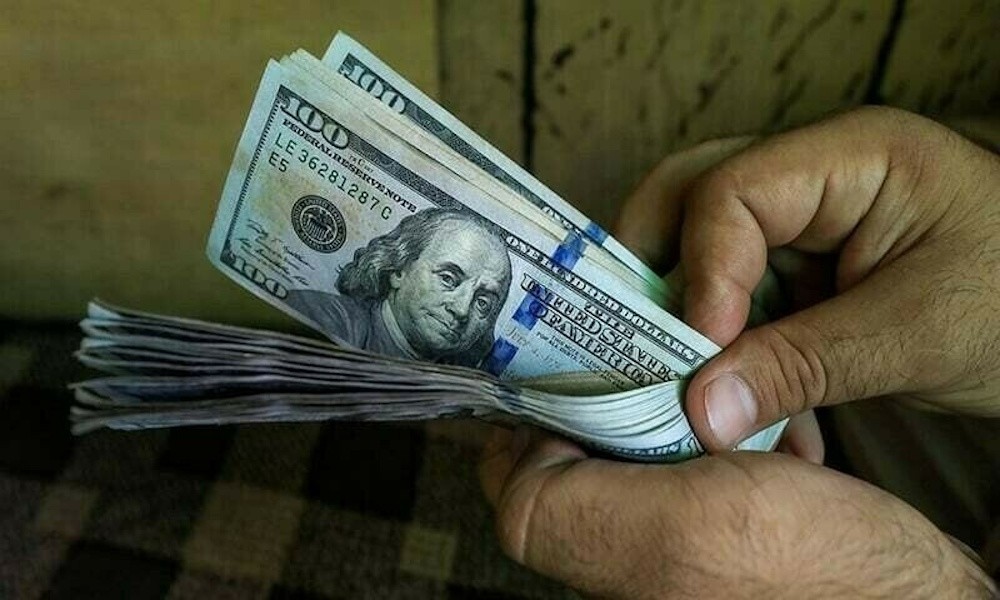
The US Dollar exhibits a modest strengthening against the majority of G10 currencies, with the Antipodean currencies at the forefront, experiencing declines of approximately 0.25%. Rising tensions between Japan and China, along with a shift in expectations regarding a Federal Reserve cut and a Bank of Japan hike next month, maintain the dollar’s proximity to JPY155, where $1.4 billion in options are set to expire today. The euro is positioned around the $1.16 mark, coinciding with the expiration of options totaling approximately 485 million euros. The almost unchanged performance of the Swedish krona and Canadian dollar positioned them as the leading G10 performers as the North American session commenced. Emerging market currencies are predominantly weaker today, including the Chinese yuan, even as the PBOC established the dollar’s fix at a new low for the year.
Equities are exhibiting a mixed performance. In the Asia Pacific region, markets in Japan, China, and Hong Kong experienced declines, whereas other major exchanges saw gains, with South Korea leading the way with an increase of nearly 2%. Europe’s Stoxx 600 has declined for the third consecutive session, whereas the S&P and Nasdaq futures are showing gains of 0.20% to 0.45%. Japanese bond yields experienced an increase, with the 10-year yield reaching a new multi-year high close to 1.74%. In Europe, benchmark 10-year rates are predominantly on the decline. Fitch has elevated Greece’s rating to BBB from BBB- as of late Friday, with the yield decreasing by nearly two basis points today. Moody’s is set to review Italy at the end of this week, with the possibility of an upgrade on the table. The 10-year US Treasury yield has softened by 2-3 basis points, currently positioned around 4.12%. Following a decline of 2% prior to the weekend, gold is currently stabilizing within a range of approximately $4050 to $4105. December WTI is currently experiencing consolidation within the pre-weekend range. It tested 58 last Thursday and is struggling to maintain a position above 60.
The Dollar Index maintained the 99.00 threshold over the past two sessions. Despite closing beneath the 20-day moving average as the weekend approached, it ended the period close to session peaks. It approached almost 99.50 today. There appears to be short-term potential for a return to the 99.65-85 range. There is a growing sentiment that the likelihood of the Federal Reserve implementing a rate cut next month is increasing. The forthcoming release of the September nonfarm payroll report later this week is expected to exert only a minimal influence on the economic landscape. The data in question is considered outdated for what is typically classified as a lagging indicator, and the ADP estimate has already signaled underlying weakness. The November manufacturing survey from the New York Federal Reserve is scheduled for release today. This series exhibits significant volatility and presents potential headline risk. The decline has averaged 4.1 through October, with a more pronounced average of -10.6 in the first ten months of 2024. The average of 4.6 over the past three months represents the highest level for a three-month span since April 2022. Today, four officials from the Federal Reserve are scheduled to speak: Williams, Jefferson, Waller, and Kashkari.
The euro experienced a pause last week after slightly exceeding the (38.2%) retracement of the decline that followed the multi-year peak established around $1.1920 on September 17. The retracement occurred at approximately 1.1640, with the single currency subsequently attaining a level of 1.1655. Despite maintaining a position above $1.16 prior to the weekend, it experienced a decline earlier today. Options for approximately 485 million euros, priced at $1.16, are set to expire today. Support is identified in the 1.1575-85 range. This week presents a relatively quiet landscape for eurozone data. The updated economic forecasts from the European Commission were the focal point of today’s discussions. Growth this year is projected at 1.3% (up from 0.9%), 1.2% (down from 1.4%) for the following year, and 1.4% in 2027. The Consumer Price Index is projected to be 2.1% for this year, consistent with previous estimates, while the forecast for the following year has increased to 1.9% from 1.7%, and is expected to reach 2.0% in 2027. The ECB’s September projections indicate GDP growth of 1.2% for this year and 1.0% for the next, while the CPI forecasts are set at 2.1% for this year and 1.7% for 2026.
